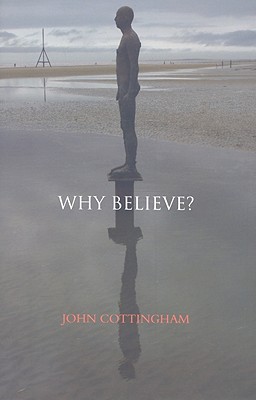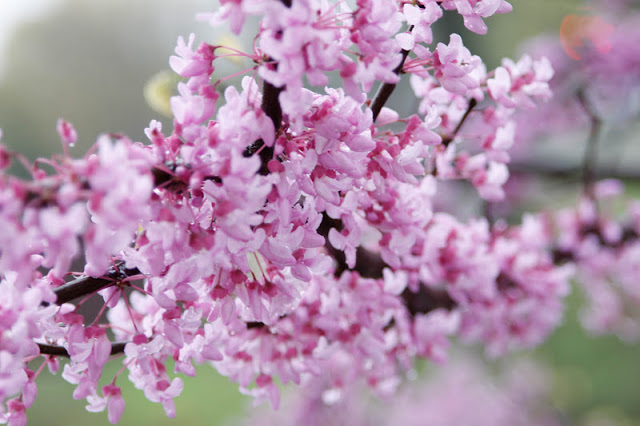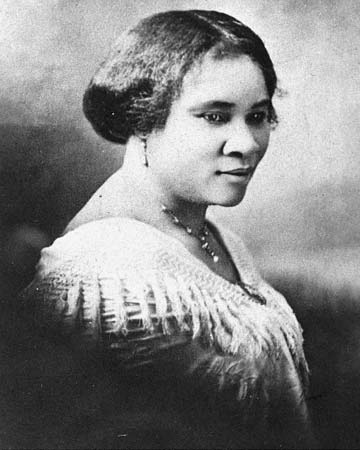 The first female self-made millionaire in U.S. history. Not too shabby a title. But I think Madam C.J. Walker—born Sarah Breedlove—gets extra points, like exponential extra points, for also having been born the daughter of slaves in the post-Civil War deep South. And still becoming a self-made millionaire. Now that takes some chutzpah.
The first female self-made millionaire in U.S. history. Not too shabby a title. But I think Madam C.J. Walker—born Sarah Breedlove—gets extra points, like exponential extra points, for also having been born the daughter of slaves in the post-Civil War deep South. And still becoming a self-made millionaire. Now that takes some chutzpah.
Sarah was born in Louisiana in 1867, not long after the Emancipation Proclamation. Thus, she was the first of her siblings to be born free. Her parents had been slaves on the Madison Parish plantation. Imagine that generational divide—the brave new world that Sarah faced in the aftermath of the Civil War. She was not a slave; but what options could possibly be open to her, as a woman, let alone a businesswoman?
Well, early on, not a lot. She married at the age of 14 and had a daughter, A’Lelia (Lelia for short) at 17. Her husband died when Lelia was two years old, and Sarah moved, daughter in tow, to St. Louis.
Sarah later remarried. Her husband was one Charles Joseph Walker (see where she got the name!), a newspaper advertising salesman. It was about this time that Sarah, now Madam C.J. Walker, got her big American business idea. Taking into account her own experiences and difficulties with her hair—hair loss from an unhealthy scalp, “kinkiness” of her ethnic hair—she whipped up her own special shampoo and tonic, which she then decided to sell to the general populace. Or at least, other African-American women.
This is, I think, a really interesting point. First of all, there is an intense politics surrounding ethnic, and in particular African-American, hair. Consider the normative follicle beauty ideal in our society, which centers on lush, shiny, long, and, importantly, smooth hair. For many women, with a bit of brushing and shampooing, this is the natural state of their hair. For many others, this is something that can only be achieved through arduous styling, product usage, and manipulation. And yet it is still expected of them, somehow. How many African-American female celebrities wear their hair “au natural”? What kind of media buzz is created when they do?
This is a problem and, judging by Madam Walker’s success, not a new one. While the politics are questionable, Walker was able to smartly fill a need in an era when the African-American woman consumer was increasing her buying power. Capitalism! Free enterprise! In 1908, Walker and her husband moved to Pittsburgh and opened a college to train “hair culturists,” then resettled in Indianapolis where Madam C.J. Walker’s hair enterprise headquarters and factory were established.
Walker wasn’t just some money grubbing capitalist, even though that was clearly the vogue at the time (see: John D. Rockefeller, Andrew Carnegie, J.P. Morgan, Henry Ford). She was also interested in politics and social causes, and regularly contributed money to the NAACP, the NACW (National Association of Colored Women), the YMCA, and other organizations. Among her pet projects: making lynching a federal crime (one of those things where you look back and are like: HOW WAS THIS AN ISSUE WITH TWO SIDES), the education of young black people (she sent six students every year to Booker T. Washington’s Tuskegee Institute), saving Frederick Douglass’s house (!!).
Then, like any self-respecting upwardly mobile American, she built her own estate, and moved into it. In 1917, she relocated to Villa Lewaro, designed by the first licensed black architect in New York state, in Irvington-on-Hudson, New York. According to her New York Times obituary, the estate was three stories and had over thirty rooms. It also had an $8,000 organ, which, after a well-stocked floor-to-ceiling mahogany library, would be the first thing I would get as a millionaire too.
Madam C.J. Walker died in 1919 at the age of 51, many more years of fabulous hair-empire-running and nouveau-riche-living before her unrealized. Her daughter Lelia took over the company upon her death. In 2010, New York City named a street (or technically, a “place”) in Manhattan after the two of them.
I love how Madam Walker resides at this fascinating intersection of race, class, and gender—capitalizing on raced and gendered products, born into the aftermath of America’s worst raced sin, giving large sums of her substantial fortune towards the advancement of its victims. I admire her gumption (synonym to chutzpah) at the same time that I recognize that her ability to navigate post-bellum America’s racist, unabashedly capitalist system was unique and exemplary. She made it. Most people didn’t.




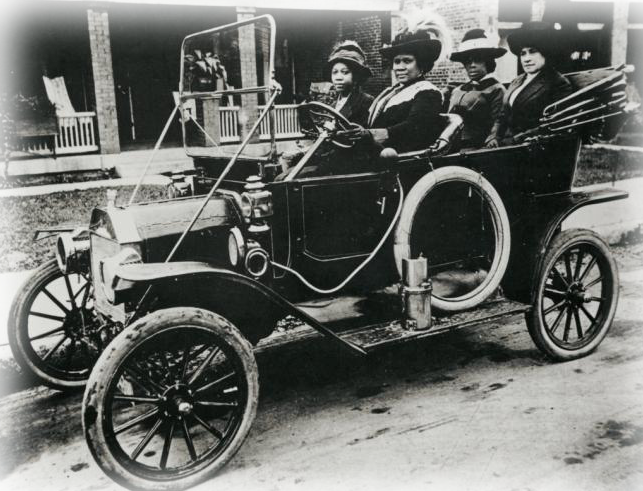

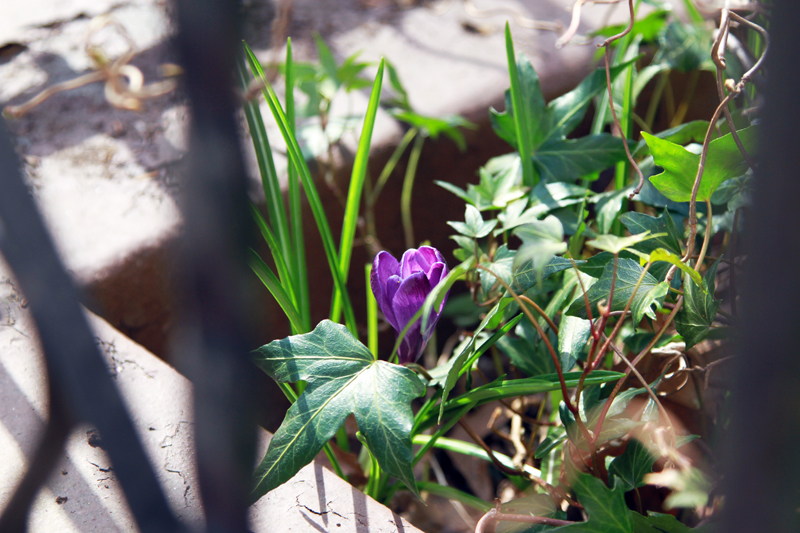
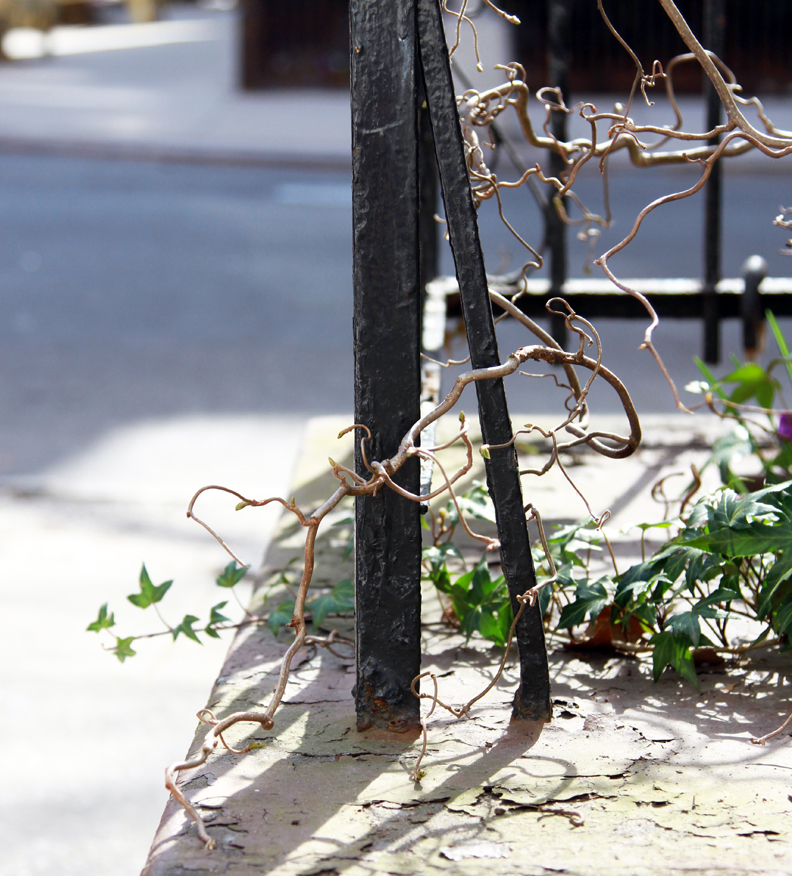
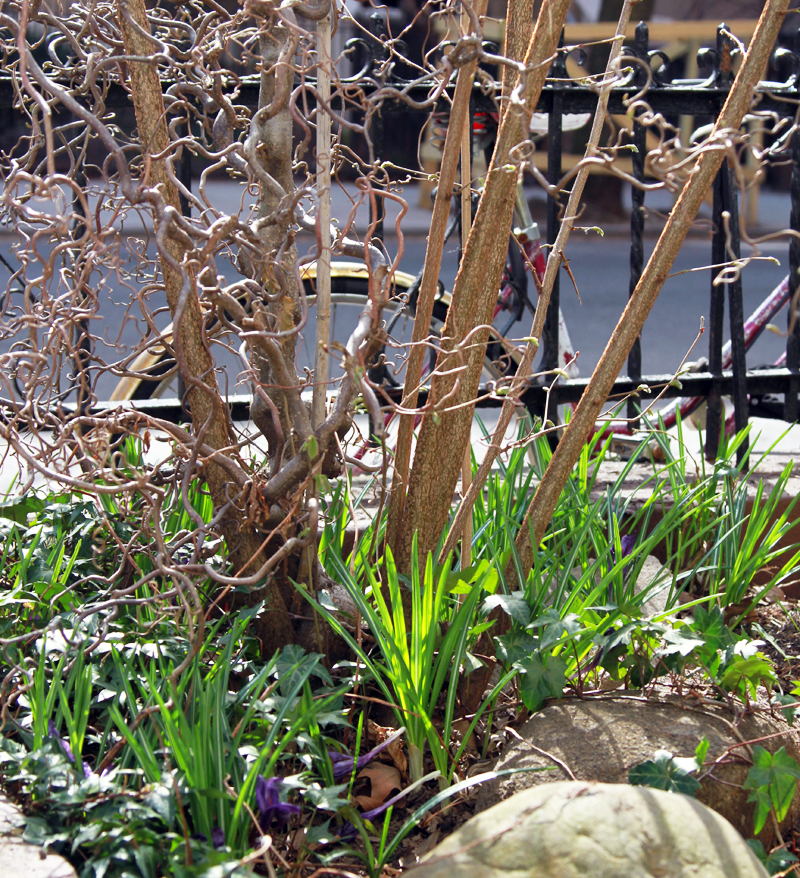

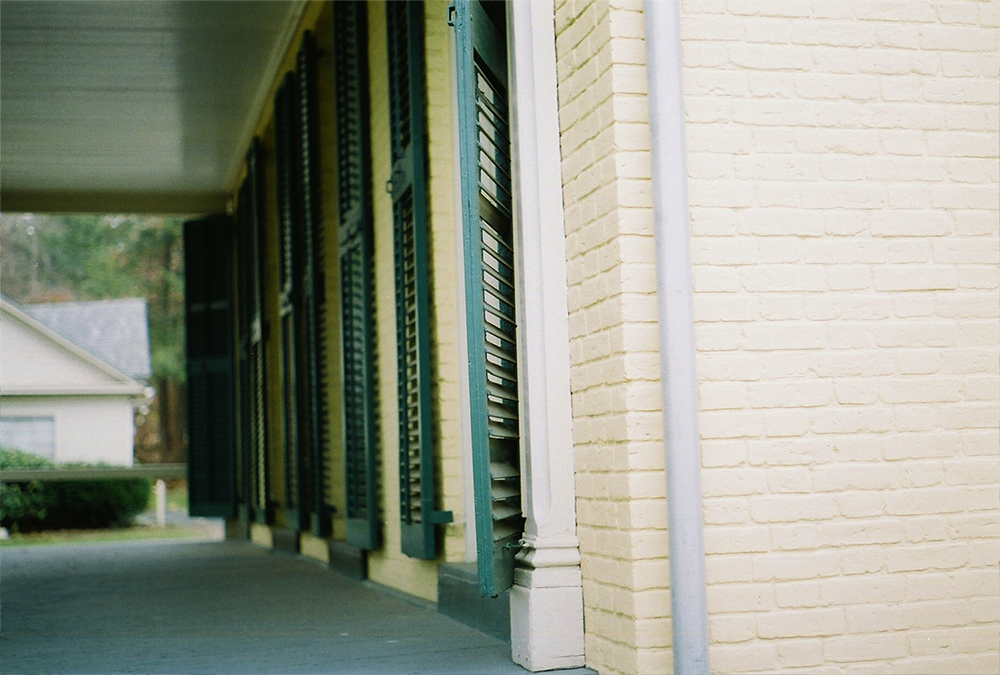



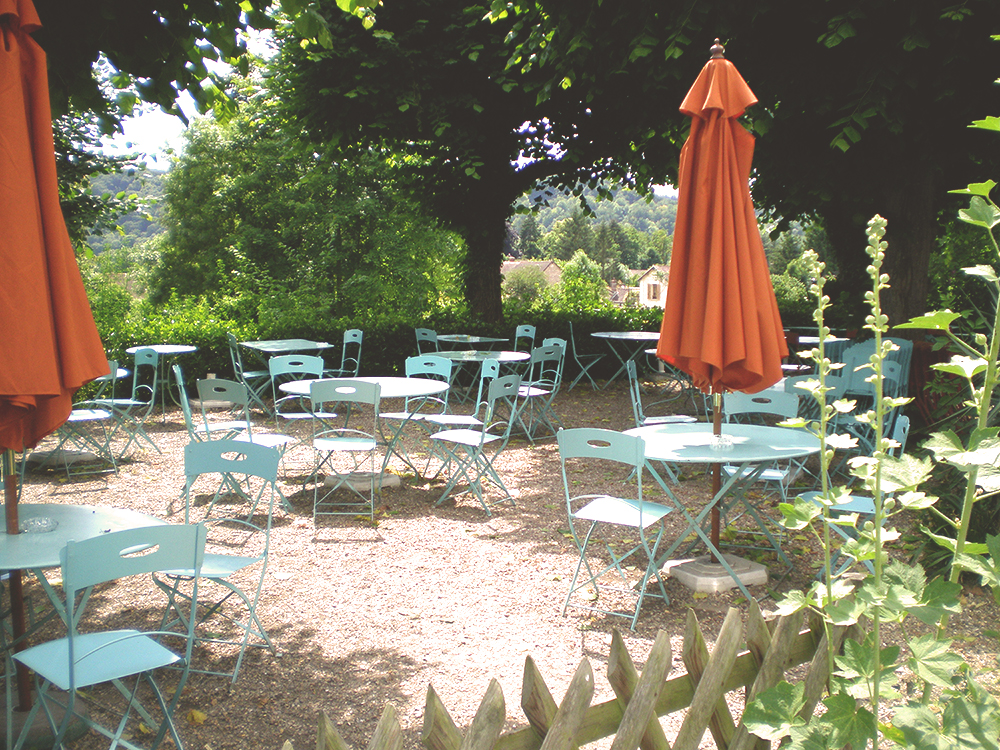 A mere two months after I return from Chambéry, back to France I go. Still somewhat emotionally scarred from my self-imposed exile, I’m initially nervous to go back when I feel like I just escaped. But, as I already knew, each region of France proves to be drastically different from the others. Savoie was cold and gloomy in the late winter; July in Provence is as close to ideal as I’ve found.
A mere two months after I return from Chambéry, back to France I go. Still somewhat emotionally scarred from my self-imposed exile, I’m initially nervous to go back when I feel like I just escaped. But, as I already knew, each region of France proves to be drastically different from the others. Savoie was cold and gloomy in the late winter; July in Provence is as close to ideal as I’ve found.
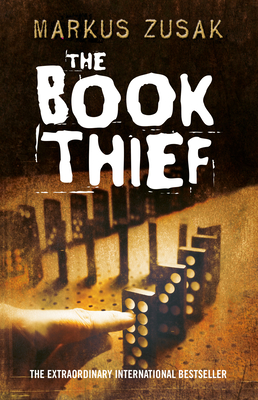






 I didn’t like the way that the black ink looked because the contrast between its light and dark parts seemed too harsh. I got some grey ink and also a new brush at the art supply store. Funny visit to the art supply store. Everyone in the paper department was really grumpy, and downstairs, the woman checking me out told me how moths ate her paintbrushes so she has to keep them in the fridge (she was really sweet and sassy and seemed so old school NYC like an Annie Potts character in an 80s movie) and then I am pretty sure one of the employees pooped on the floor. Pretty sure.
I didn’t like the way that the black ink looked because the contrast between its light and dark parts seemed too harsh. I got some grey ink and also a new brush at the art supply store. Funny visit to the art supply store. Everyone in the paper department was really grumpy, and downstairs, the woman checking me out told me how moths ate her paintbrushes so she has to keep them in the fridge (she was really sweet and sassy and seemed so old school NYC like an Annie Potts character in an 80s movie) and then I am pretty sure one of the employees pooped on the floor. Pretty sure. Clean desk and new art supplies! The brush is wrapped in brown paper. She was so careful with it.
Clean desk and new art supplies! The brush is wrapped in brown paper. She was so careful with it. Also got some new paper for an animation I am going to make, a video for a friend’s band. I never let myself buy fancy paper because it feels like cheating but I decided this time it’s ok, this video can have a little more of a collage feel to it. The two white papers are going to be snow.
Also got some new paper for an animation I am going to make, a video for a friend’s band. I never let myself buy fancy paper because it feels like cheating but I decided this time it’s ok, this video can have a little more of a collage feel to it. The two white papers are going to be snow.
 The writing isn’t perfect but I think it will work, and I like the grey ink. When I showed Brian this and said, “What do you think?” he said, “It looks like Apu from the Simpsons.”
The writing isn’t perfect but I think it will work, and I like the grey ink. When I showed Brian this and said, “What do you think?” he said, “It looks like Apu from the Simpsons.” Tracing eggs.
Tracing eggs. Egg outline. (I don’t know where that weird owl came from.)
Egg outline. (I don’t know where that weird owl came from.) Eggs in progress.
Eggs in progress. A pretty nice egg.
A pretty nice egg. I really like this egg.
I really like this egg. The first egg I made. I rejected it for being insufficiently egg-like.
The first egg I made. I rejected it for being insufficiently egg-like. I tried to make a replacement but I didn’t like that one either.
I tried to make a replacement but I didn’t like that one either. So I decided the original egg would do. (Practicing egg-ceptance.)
So I decided the original egg would do. (Practicing egg-ceptance.)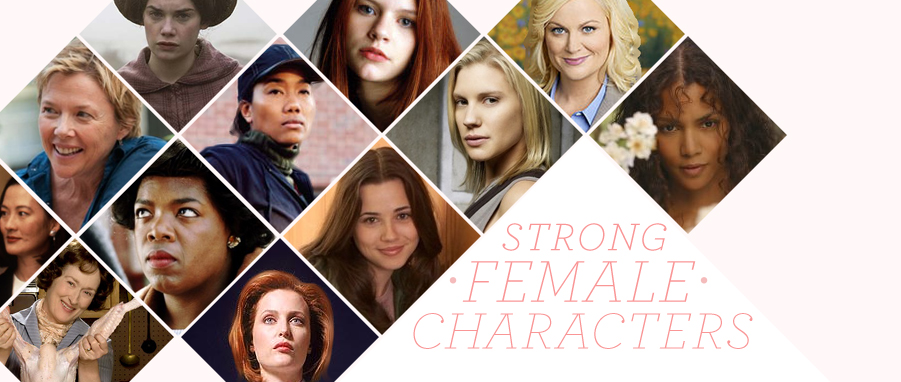

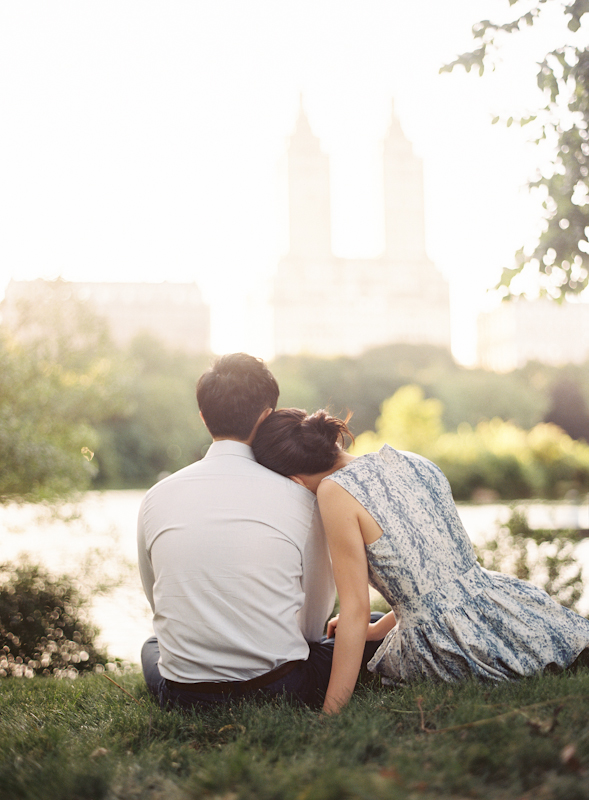 By
By 
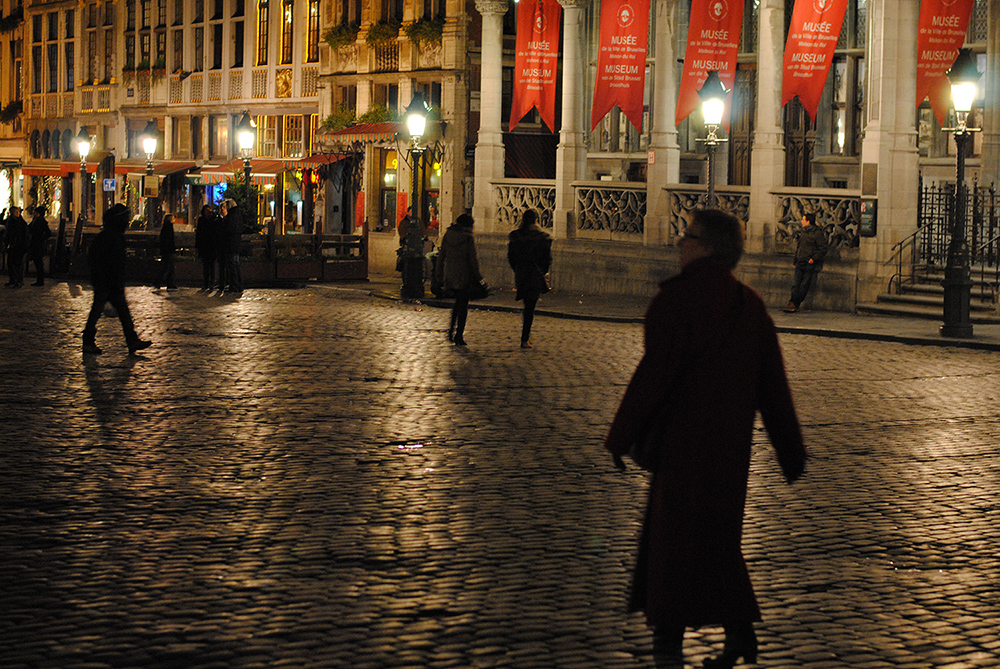 My regular spot in Bernay is Brin d’Zinc, a bar that Clémence and her friends seem to have been going to since they were in collège, the French version of middle school. Smoking indoors is still legal, and the yellow interior is full of French teenagers lighting up over their beers. I am immediately a part of the crowd; with Clémence as my host sister, I came to Normandie with a ready-made group of friends waiting for me.
My regular spot in Bernay is Brin d’Zinc, a bar that Clémence and her friends seem to have been going to since they were in collège, the French version of middle school. Smoking indoors is still legal, and the yellow interior is full of French teenagers lighting up over their beers. I am immediately a part of the crowd; with Clémence as my host sister, I came to Normandie with a ready-made group of friends waiting for me.


